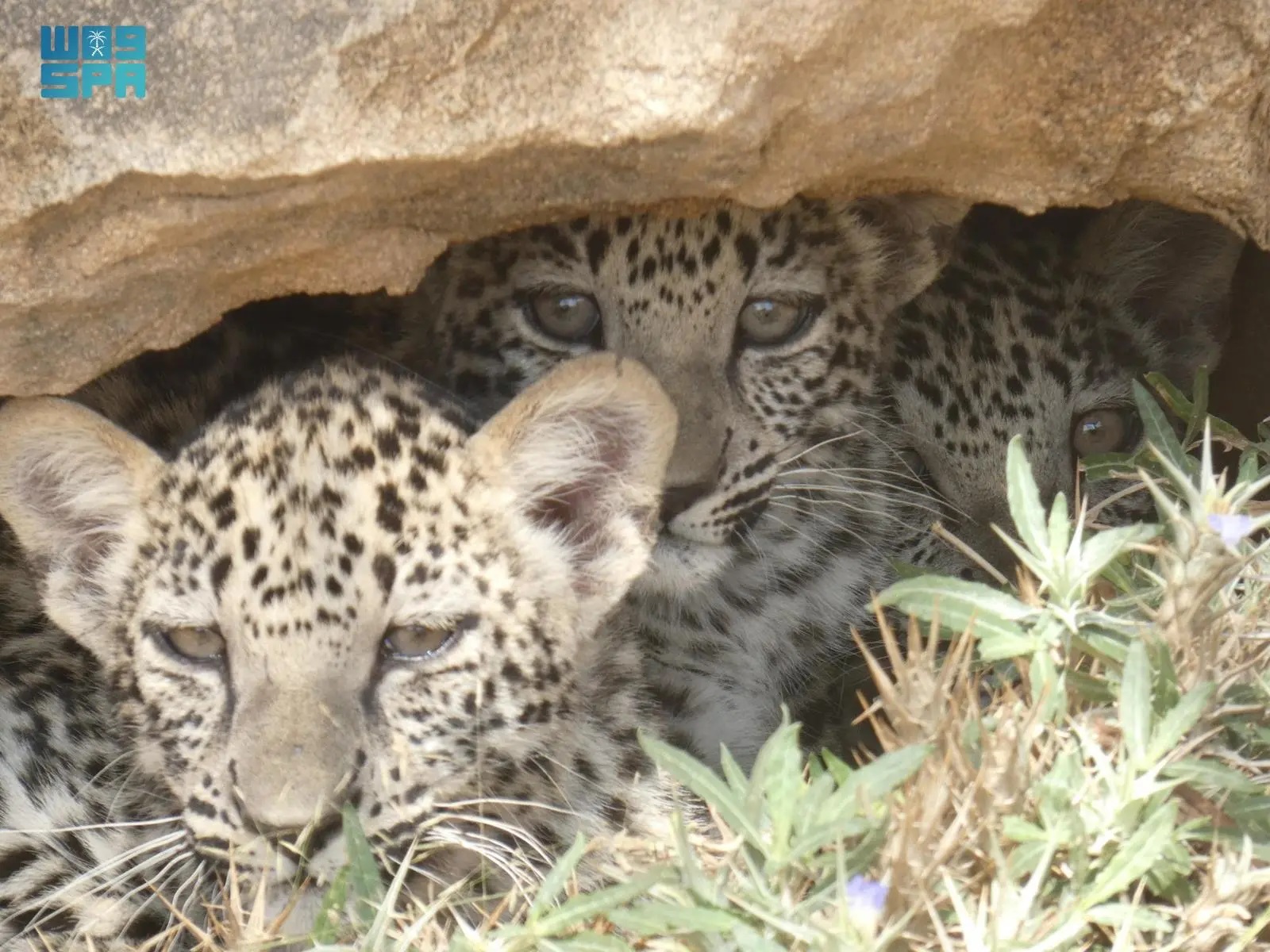
International Day of the Arabian Leopard Highlights Conservation Efforts
The Arabian leopard, recognized globally in June 2023 by the UN General Assembly declaring February 10 as the International Day of the Arabian Leopard, is a symbol of biodiversity in the Kingdom of Saudi Arabia and a vital component of the Arabian Peninsula's ecosystem.
Originating in Africa around 500,000 years ago, this subspecies of leopard (Panthera pardus nimr) is one of the smallest, with males weighing between 30 and 40 kg and females between 25 and 35 kg. Its pale orange fur is marked with small, spaced rosettes.
The Arabian leopard faces significant threats, including habitat loss, prey scarcity, attacks by herders, and illegal wildlife trade. Populations have dwindled in Oman, Yemen, and the Kingdom, with less than 200 Arabian leopards estimated to remain in the Arabian Peninsula. This critical endangerment necessitates concerted conservation efforts.
The Kingdom, represented by the Royal Commission for AlUla (RCU), is leading the charge. RCU strives to create a harmonious coexistence between wildlife and human communities through innovative approaches and collaborative efforts. This includes adopting regional initiatives to protect the Arabian leopard, restore its natural environment, and conserve its population.
RCU's conservation efforts include the "Leap of Hope" campaign, which invites global participation in protecting the species. The Arabian Leopard Program focuses on habitat restoration and public awareness initiatives.
RCU's Arabian Leopard Conservation Breeding Center, accredited by the European Association of Zoos and Aquaria (EAZA), has doubled its leopard population to 32.
The commission's Arabian Leopard Fund seeks to protect the species from extinction. By galvanizing society, decision-makers, and the global community, the fund aims to improve the condition of this fragile ecosystem.








